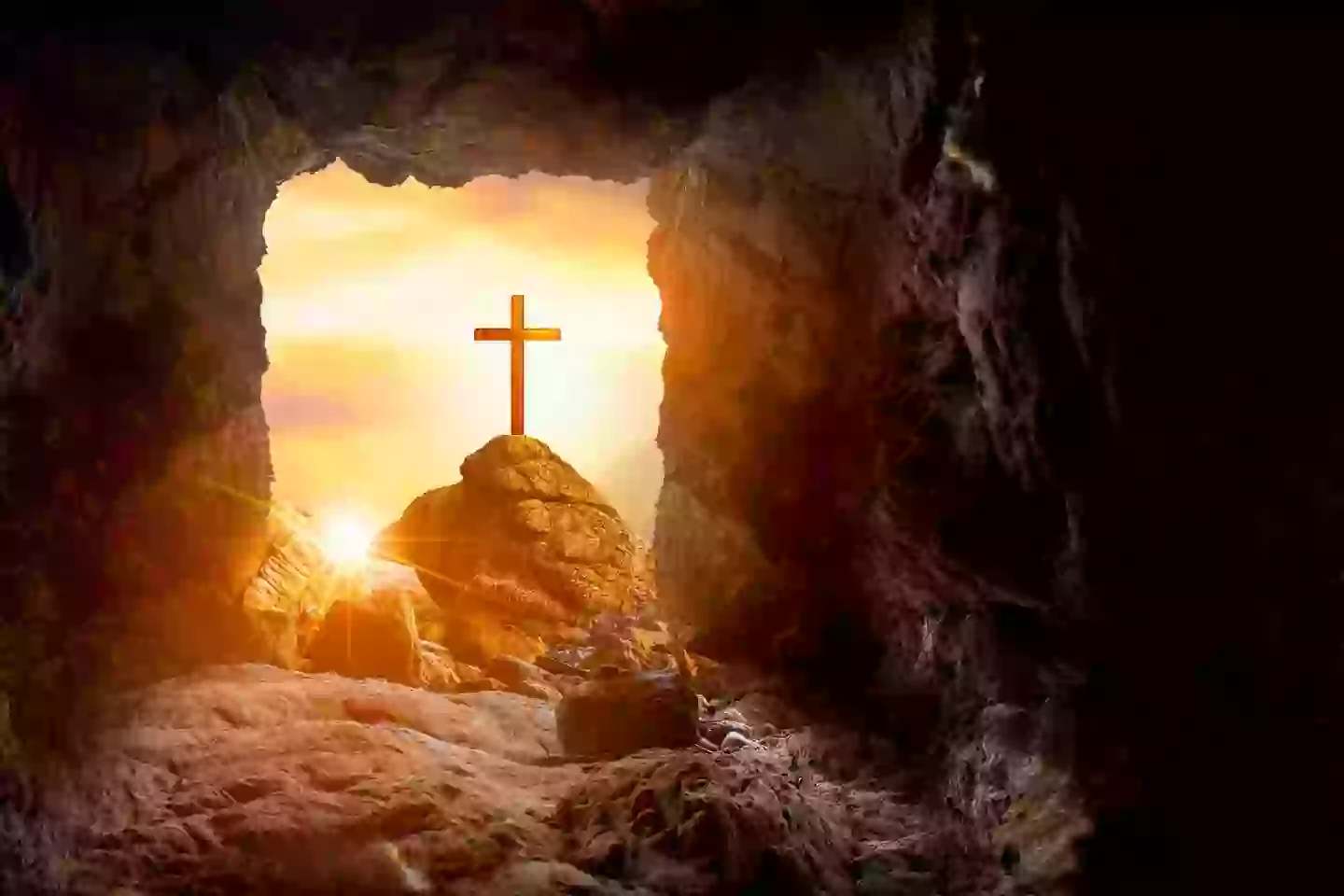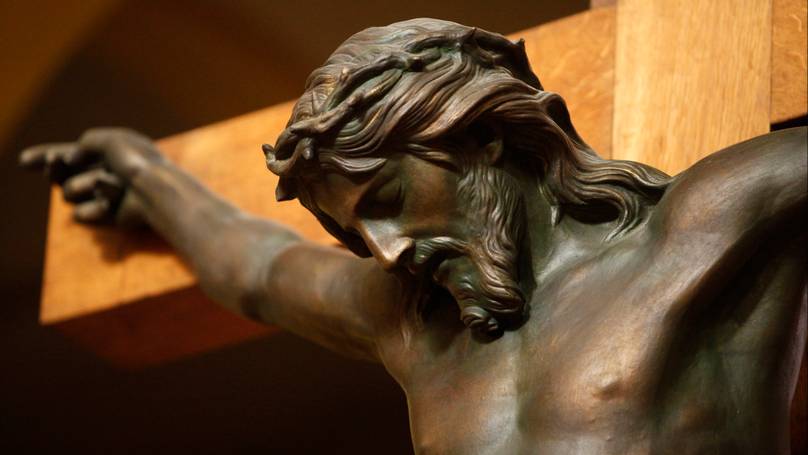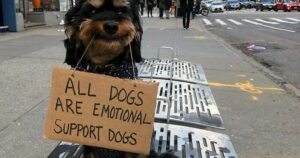“Mystery Unveiled: Was Jesus’ Resurrection a Natural Phenomenon?”
Ever wondered if Easter’s got more twists than a Hollywood blockbuster? Picture this: Jesus, the central figure of Easter, crucified, a massive stone blocking his tomb, and boom—three days later, he’s gone. Vanished. Houdini couldn’t have done it better, and we’re still trying to crack the case behind this ancient magic trick. Were there divine interventions or just clever sleights of hand? Strap in as we dive into the wild theories surrounding this monumental event that has both believers and skeptics buzzing like bees at a honey convention.
We’ll unroll some of the less-told tales, like the Swoon Theory where Jesus didn’t actually pay the ultimate price but instead, took a dive into a near-death experience instead. Then there’s the Earthquake Theory, which, if you’re into geological phenomena as I am, suggests that nature itself rolled back the stone. Now, if you’re prepping for Easter celebrations with limits on your lifting due to religious customs or sheer laziness, you might be relieved to know there’s a natural explanation for avoiding heavy lifting duties this holiday season.
Now, whether you’re a disciple of logic or a follower of faith, read on to unravel some of the mysteries and ponder upon the possibilities.
Easter is a time where Christians all over the globe come together to remember the crucifixion of Jesus.
A tale as old as time (or 2,000 years), depicts the son of God being slain on a cross before being buried in a crypt, which was sealed with a giant stone.
However, three days later, it is said that he rose from the dead when the stone rolled away from its entrance and the grave was left empty.
But how could this have been possible if no human could have rolled it away?
To this, some think that there had to be a supernatural element.
For scientists, they are still debating whether or not he even died on a cross at all.
This is what’s known as the Swoon Theory.
The swoon theory
This theory brings forth the idea that Jesus didn’t die on the cross, and he instead fainted.
Then, when he was taken down and placed in the tomb, he came to and something happened to unstick the giant stone from its entrance.
Considering the stone was apparently very big, it would take heavy machinery to move that.
So, that’s where the earthquake theory kicks in too.
What is the earthquake theory?
In the gospel, Mary Magdalene supposedly visited the tomb where Jesus’ body had been buried and found the stone had been removed.
Now, while people might get defensive that an earthquake could have moved the stone, some gospel accounts actually might prove this to be true.
According to the Gospel of Matthew, two large earthquakes shook the ground around the time of Jesus’ death and his subsequent resurrection.

Scientists think something happened to cause the tomb to open (Surasak Suwanmake / Getty)
Professor Lawrence Mykytiuk, from Purdue University, is an expert on the Hebrew Bible who told MailOnline: “You are correct in supposing that an earthquake could indeed break tombs open.”
According to Matthew chapter 27:50, when Jesus died, ‘the earth shook, the rocks split, and the tombs broke open.’
The professor said: “On Good Friday afternoon two millennia ago, there was a first earthquake when Jesus died, but his body was still nailed to the cross, so that first quake could not have affected his tomb.
“But there was indeed a second earthquake, a violent one, this time at dawn on Easter Sunday morning.”
So, it’s plausible that the second quake opened the tomb.
Amazingly, scientific evidence supports the claim.

There is a debate about whether Jesus died on the cross (Philippe Lissac / Getty)
Geologists from the German Research Center for Geophysics studied samples of cores of soil from around the Dead Sea to match up the event.
According to the samples, a large earthquake in 31 BC and a smaller quake between 26 and 36 AD, took place.
Jesus’s crucifixion is said to have happened in 33 AD.
The researchers thus concluded that ‘the earthquake described in the Gospel of Matthew occurred more or less as reported.’
However, other theories believe that the disciples stole Jesus’ body to fake the resurrection, even though in the Gospel of Matthew claims that the city priests had started a rumour that the body had been stolen, and Jesus had not resurrected.
But how could he have been stolen?
The bible references a group of Roman soldiers stood guard outside of the tomb to ensure that nobody interfered with the body.
Professor Mykytiuk said: “Even if the disciples had remembered and believed Jesus’s prediction that he would rise on the third day – which they certainly did not believe – they would have had to take on the Roman soldiers in order to steal the body. Good luck with that.”


















